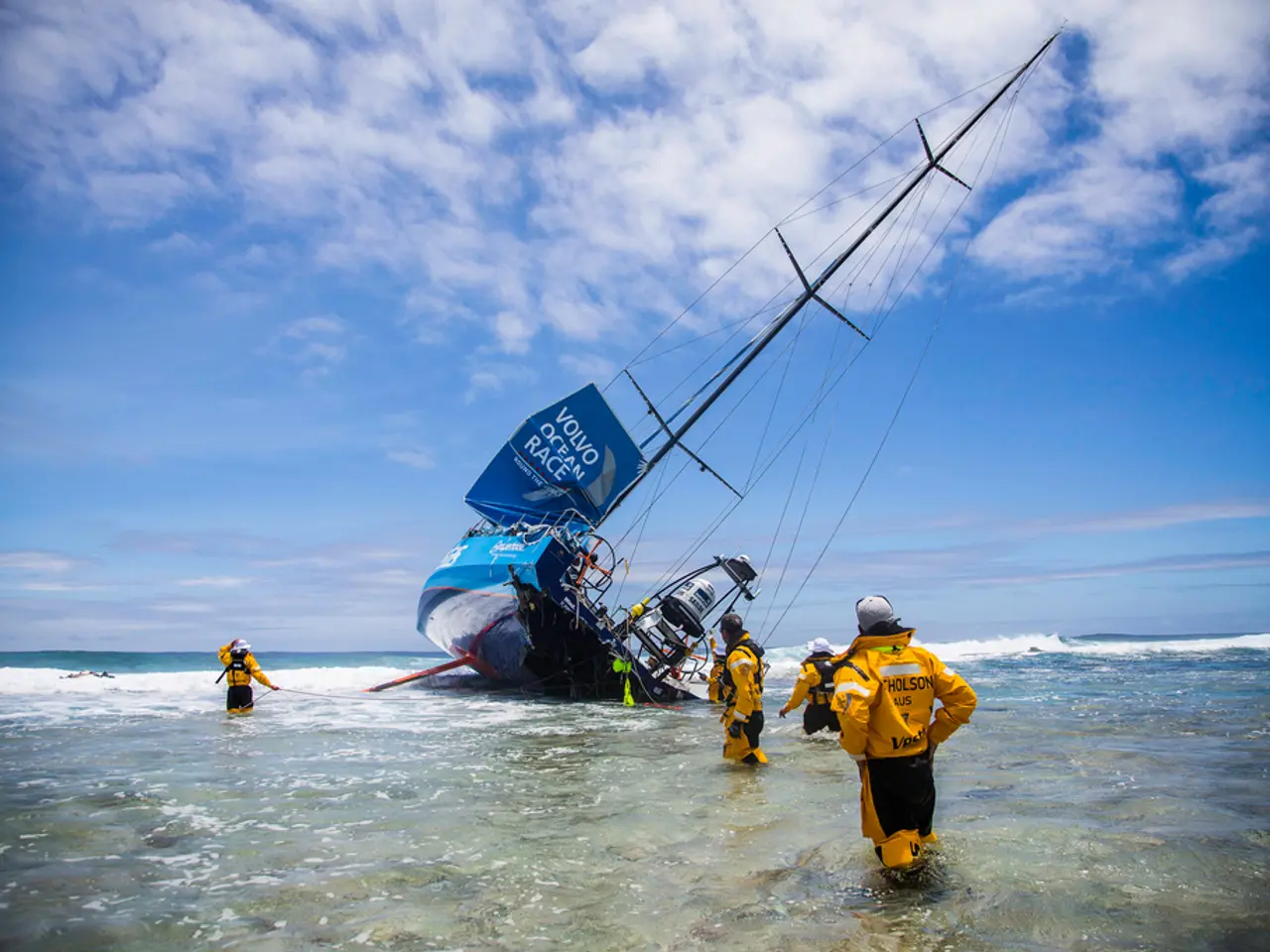Federal assistance through a Department of Homeland Security (DHS) rescue operation aided flood response efforts across four different states in July.
The Search-and-Rescue Common Operating Platform (SARCOP), developed by the Department of Homeland Security (DHS), is a tool designed to improve coordination and effectiveness during search and rescue operations. This platform has been in use for several years, with version 10 currently available, and is now the official toolset of the Urban Search and Rescue Program for ESF-9 missions.
SARCOP is predominantly used as an app on first responders' phones and can be quickly set up with a barcode scan. It allows first responders to enter waypoints, point locations for things that need to be searched, hazardous materials, and locations of teams on the ground. This feature provides an overview of where people have been, helping other teams identify where they are going, thereby improving coordination.
One of the key advantages of SARCOP is its ability to integrate multiple teams into the same environment, reducing the need for unique software tools. This integration is particularly beneficial in emergency situations where quick and efficient communication is crucial. SARCOP data can be moved around and other data feeds can be integrated, making it a versatile tool in various incident scenarios, such as floods, explosions, earthquakes, and more.
SARCOP was used during the recent floods in Texas to coordinate emergency response efforts, helping responders make faster, more informed decisions in rapidly changing conditions. The platform's real-time data analytics and visualization capabilities have proved invaluable in complex emergency environments.
Moreover, SARCOP's geospatial tools and community data visualization features help first responders understand infrastructure impacts and cascading effects in disaster areas. This understanding is essential for effective search and rescue operations.
The development of SARCOP was driven by the needs of first responders and continues to be shaped by their input. It collects after-action reporting content to roll into requirements for future updates, ensuring that the platform continues to evolve based on good experiences, bad experiences, and short-term, high-value needs.
SARCOP follows the business process of the USAR mission, allowing first responders to perform tasks they are accustomed to with large, easily accessible buttons. This user-friendly design makes it easier for first responders to adapt to the platform and focus on their primary task: saving lives.
Initially conceived as a first responder tool, SARCOP has evolved into a federal tool set, with its use expanding beyond local levels to support national emergency response efforts. Its adoption is increasing, with USAR teams using it on smaller scale events after training.
In conclusion, while the full history and development of SARCOP may not be publicly available, it represents a modern evolution in search and rescue technology. By offering a unified platform that enhances real-time coordination, data sharing, and operational efficiency, SARCOP is transforming the way emergency response teams operate, ultimately saving more lives in critical situations.
The reimagined workforce of first responders is increasingly utilizing SARCOP, a federal workforce tool, during emergency situations. This technology-driven platform, designed for search and rescue operations, facilitates the integration of multiple teams within the same environment, thereby fostering quick and efficient communication.
Advancements in SARCOP have enabled its use in various incident scenarios, such as floods, explosions, and earthquakes, thanks to its versatility in integrating data feeds and offering real-time data analytics and visualization capabilities. This transformation in search and rescue technology is ultimately redefining how emergency response teams function, leading to improved coordination and a higher success rate in critical situations.




